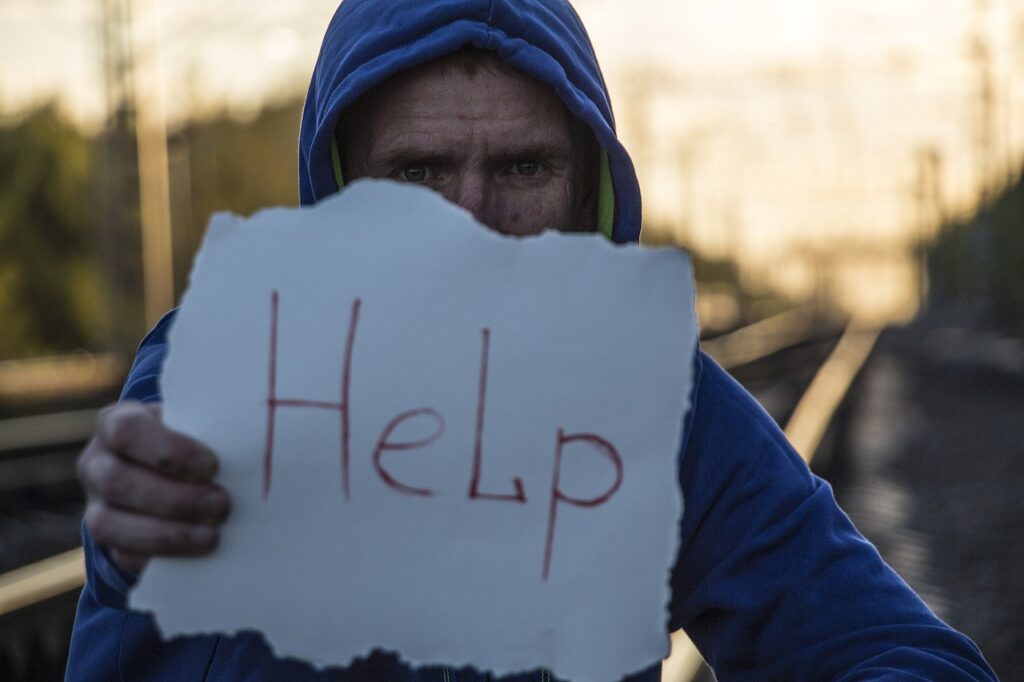Hidden illnesses are conditions that aren’t visible to the outside eye. They often go unseen or unknown by others unless they are spoken about. The silence and the challenges around these hidden illnesses can sometimes lead to significant challenges. For those living with more difficult mental health concerns, the hidden illness can sometimes become an invisible battle, one with severe consequences, affecting various aspects of a person’s life and potentially leading to tragic outcomes, stealing the lives of those often living in silence. This month, we commit to start talking, talking to save lives.
Death by suicide is a difficult topic. Death in general is hard to talk about. However, how do you talk about a loss of life to invisible battles or talk to someone who shares they are struggling with a hidden illness? Unlike the illness and battles, the conversations need to be seen, heard, and confirmed in real-time. These are important conversations to have, even if we can’t see or show exactly “what” it may look like in a picture or point to it on our bodies. The invisible battles that we as humans face need conversations to bring them out of the darkness, and into the light. What we also know about these conversations, is that they save lives. Talking about self-harm, suicidal thoughts, or death by suicide has proven to be not only a safe conversation but to have brought people to safety and recovery.
September is National Suicide Prevention Month. A month where you will see displays, walks, campaigns, and conversations happening around awareness, prevention, and support. You may wonder, well, that doesn’t happen here – not in my community. Don’t be fooled. There is no community that is immune to any loss of life including death by suicide. In 2019 The National Institute of Mental Health NIMH (nimh.nih.gov) shared that 47,511 Americans lost their lives to death by suicide and it was the 10th leading cause of death, and the 2nd leading cause of death in those aged 10-14 and 25-34. However, here in our green mountain state, in 2019, The Vermont Department of Health (healthvermont.gov), shared that death by suicide was the 8th highest cause of death with 124 lives lost, making our average deaths much higher than the national average. In addition, 20% of those lives lost were to Veterans, and the rate of deaths among men is more than four times women, and those ages 25-44 make up just over 25% of the 124 lives lost. This means we need to start talking even more.
The American Foundation for Suicide Prevention (AFSP) has been pivotal in supplying research, programs, and support for years but has gone beyond to prove that talking matters. On their website www.afsp.org they have a whole page dedicated to “Talking Saves Lives.” On this page,
they offer tips, workshops, support groups, and more. The offerings are broken down by state and even into different groups to offer the best support possible. Research has shown that certain trends are occurring in lives lost to suicide, and the AFSP has not taken this lightly offering specific resources to groups such as senior citizens, LGTBQIA+, groups in all languages, and more. There are resources there right now for you to access and groups you can join today!
But how do you talk about something so hidden? How do you talk about an invisible battle? Why do we have to hide these in the first place? What we find is that what is not easily recognized by others, is a cause for stigma, discrimination, shame, and guilt because of the temporary discomforts and implicit bias of other people. These implicit biases and stereotypes have kept the battles silenced for too long. With conversation and education, we can stop fighting about people’s opinions on topics and save lives!
The AFSP website is filled with conversation starters and help, however, the top tip suggests saying this, “I hear you that you’re struggling, and I think it would really be helpful for you to talk to someone who can help you get through this. I could drive or walk you to your appointment. Then we could have coffee afterward.” “I hear that you’re struggling.” Those words help someone to feel seen. “I could be there with you.” Those words help them know they are not alone. Don’t we all want to feel seen and not alone? It’s important though, that if they or you are in immediate danger, call 988 or Text TALK or AYUDA to 741741 to text with a trained crisis counselor from the Crisis Text Line for free, 24/7.
This month we have work to do! Most importantly we need to learn how to have these conversations and start having them now. We need to start talking. Talking to our kids, our friends, and our family and finding ways to put a voice to the silence, because it matters. That next conversation may just be the one that saves the next life, maybe even yours. Start talking to save lives.
Mary Hoadley
Director of The Wellness Center


